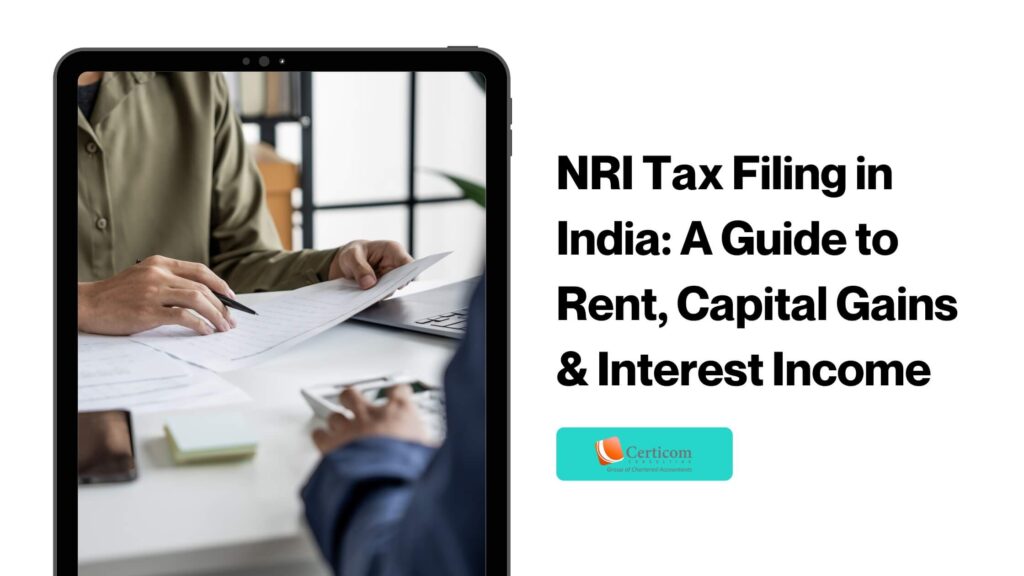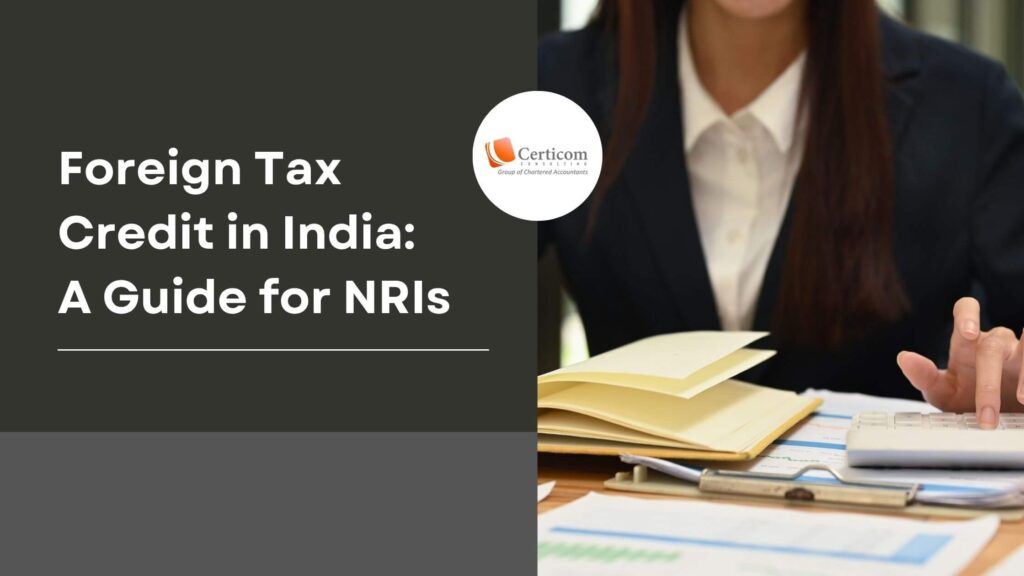Tax Guide for Freelancers and Influencers: Navigating Income, Deductions, and Compliance

The gig economy has transformed the way many Indians work and earn. Freelancers and digital influencers now form a vital segment of India’s self-employed workforce. However, the income tax implications for this group often remain unclear. This guide simplifies the tax rules applicable to freelancers and influencers, helping you understand how to report income, claim deductions, and stay compliant.
Who Qualifies as a Freelancer or Influencer?
Although the Income Tax Act, 1961 does not explicitly define “freelancer” or “influencer,” their roles fall under the umbrella of self-employed professionals.
Freelancer: Someone who offers services independently on a per-assignment basis—like writers, graphic designers, consultants, developers, etc.
Influencer: Individuals earning from content monetization, brand partnerships, affiliate links, YouTube ads, Instagram reels, or online course sales.
Both are taxed under the “Profits and Gains from Business or Profession” head.

What Income is Taxable?
Any earnings from the following are considered taxable:
Sponsored brand deals
Affiliate income
Freelance projects
Monetized YouTube/Instagram content
Online workshops or digital product sales
All these income sources must be disclosed when filing Income Tax Returns.
Presumptive Taxation Scheme under Section 44ADA
Freelancers and influencers offering professional or consultancy services may benefit from the presumptive taxation scheme under Section 44ADA, provided they fall under the “specified professions” listed under Section 44AA(1)—such as technical consultancy, interior decoration, accountancy, etc.
Key Conditions for FY 2024–25:
Must be a resident individual or partnership firm (excluding LLPs and companies)
Gross receipts should not exceed ₹75 lakh if 95% or more payments are through banking channels (UPI, NEFT, etc.)
If cash receipts exceed 5%, the limit reduces to ₹50 lakh
How It Works:
Declare 50% of gross receipts as taxable income
No requirement to maintain detailed books of accounts
No need for a tax audit
Example:
If an influencer earns ₹60 lakh annually:
Under Section 44ADA, ₹30 lakh (50%) is deemed taxable income
Tax is calculated on ₹30 lakh only—not the full amount
No need to report actual expenses like software, equipment, or marketing costs
Note: If your actual expenses are higher than 50%, it may be beneficial to opt out of Section 44ADA and file under the regular method.
Claiming Actual Expenses: Regular Taxation Route
Freelancers or influencers who do not opt for presumptive taxation can claim actual business expenses and reduce their taxable income accordingly.
Deductible Expenses May Include
| Expense Type | Examples |
|---|---|
| Office Costs | Rent, electricity, internet |
| Equipment & Software | Laptop, DSLR, editing tools, Canva subscription |
| Travel & Communication | Business trips, phone bills |
| Marketing & Promotion | Google/Facebook ads, website/domain fees |
| Professional Services | CA fees, legal consultations |
| Depreciation | On high-value items like cameras or laptops |
Choosing the Right ITR Form
1. ITR-4 (Sugam) – Presumptive Taxation (Section 44ADA)
Use this if:
You are a resident individual, HUF, or partnership firm (not LLP)
Your gross receipts are ≤ ₹75 lakh
You opt for Section 44ADA
You do not have foreign income or assets
It is a simplified form and ideal for those who do not want to maintain detailed records.
2. ITR-3 – Regular Taxation (Business/Profession Income)
Use this if:
You are a freelancer/influencer not opting for Section 44ADA
You wish to claim actual expenses
You are required to maintain books of accounts, based on turnover/income limits

Common Mistakes to Avoid
Ignoring Foreign Income
– Income from PayPal, Wise, etc., must be reported.Not Reconciling TDS
– Always check Form 26AS and AIS for TDS credits.Claiming Personal Expenses as Business Deductions
– Personal travel, meals, and unrelated purchases are not deductible.
Whether you’re a freelance designer or an Instagram influencer, understanding your tax obligations is essential to avoid penalties and optimize tax outgo. Choose the right tax regime, maintain documentation, and when in doubt—consult a tax professional.
Related Post
NRI Tax Filing in India: A Guide to Rent, Capital Gains & Interest Income
Foreign Tax Credit in India: A Guide for NRIs
Book A One To One Consultation Now For FREE
How can we help? *




